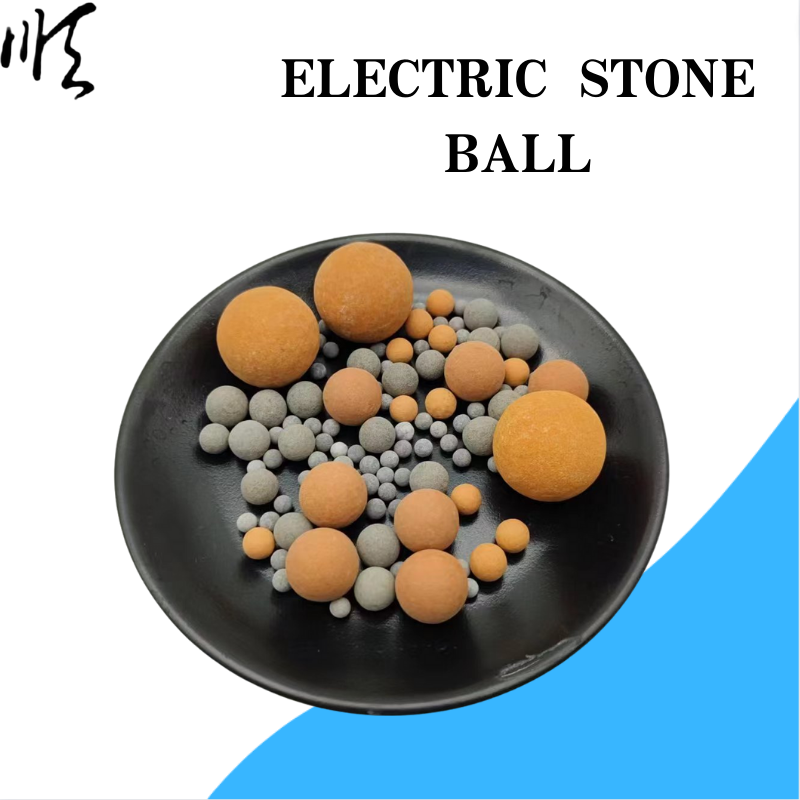
Exploring the Benefits of Silica Fume and Fly Ash in Modern Concrete Manufacturing Techniques
The Role of Silica Fume and Fly Ash in Concrete Manufacturing
Concrete is one of the most widely used construction materials in the world, known for its durability, versatility, and strength. However, the quest for enhancing its properties and sustainability has led to the incorporation of various supplementary cementitious materials (SCMs). Two of the most significant SCMs used in concrete manufacturing are silica fume and fly ash. Both materials offer unique benefits that can enhance the performance of concrete, making them invaluable to manufacturers and construction professionals.
Silica Fume
Silica fume, a byproduct of producing silicon metal or ferrosilicon alloys, is an ultra-fine powder composed primarily of silicon dioxide (SiO2). It has a high pozzolanic reactivity, which significantly improves the mechanical properties of concrete. When added to concrete mixtures, silica fume reacts with calcium hydroxide in the presence of water to form additional calcium silicate hydrate (C-S-H), which is the primary binding phase in concrete. This reaction not only increases the strength of concrete but also enhances its durability and resistance to chemical attacks, making it particularly useful in aggressive environments, such as marine structures, industrial floors, and wastewater treatment facilities.
The incorporation of silica fume can yield high-performance concrete with compressive strengths exceeding 100 MPa, and it significantly reduces the permeability of concrete. This leads to enhanced longevity and reduced maintenance costs, making it an appealing choice for many construction applications. However, due to its fine particle size, the handling and mixing of silica fume require careful consideration to avoid compaction and ensure uniform distribution within the concrete matrix.
Fly Ash
silica fume and fly ash in concrete manufacturer

Fly ash is a byproduct of burning pulverized coal in electric power plants. It typically contains a variety of oxides, including silica, alumina, and iron, which contribute to its pozzolanic properties. Fly ash can be classified into two classes based on its calcium content Class F and Class C. Class F fly ash, which is produced from burning anthracite or bituminous coal, has a low calcium content and is known for its pozzolanic properties. Class C fly ash, produced from lignite coal, contains high calcium and can provide both pozzolanic and cementitious properties.
The use of fly ash in concrete has several advantages. It improves workability, reduces water demand, enhances long-term strength, and decreases shrinkage and cracking. In addition, incorporating fly ash into concrete mixes can lead to lower production costs, as it partially replaces Portland cement, which is a significant contributor to the carbon footprint of concrete.
Furthermore, utilizing fly ash aids in waste management by reducing the volume of materials sent to landfills. The sustainable aspect of using industrial byproducts like fly ash aligns with the growing focus on green building practices and environmental protection in the construction industry.
Conclusion
The integration of silica fume and fly ash in concrete manufacturing presents a range of benefits that extend beyond merely improving the mechanical properties of concrete. These SCMs contribute to the sustainability of the concrete industry by promoting the reuse of industrial byproducts, reducing energy consumption in cement production, and enhancing the durability and lifespan of concrete structures. As demand for more environmentally friendly construction materials continues to rise, the use of silica fume and fly ash will likely gain even greater prominence in concrete production, paving the way for advanced building techniques that balance performance and sustainability.
Share
-
Premium Pigment Supplier Custom Solutions & Bulk OrdersNewsMay.30,2025
-
Top China Slag Fly Ash Manufacturer OEM Factory SolutionsNewsMay.30,2025
-
Natural Lava Rock & Pumice for Landscaping Durable Volcanic SolutionsNewsMay.30,2025
-
Custom Micro Silica Fume Powder Manufacturers High-Purity SolutionsNewsMay.29,2025
-
Custom Mica Powder Pigment Manufacturers Vibrant Colors & Bulk OrdersNewsMay.29,2025
-
Custom Micro Silica Fume Powder Manufacturers Premium QualityNewsMay.29,2025






